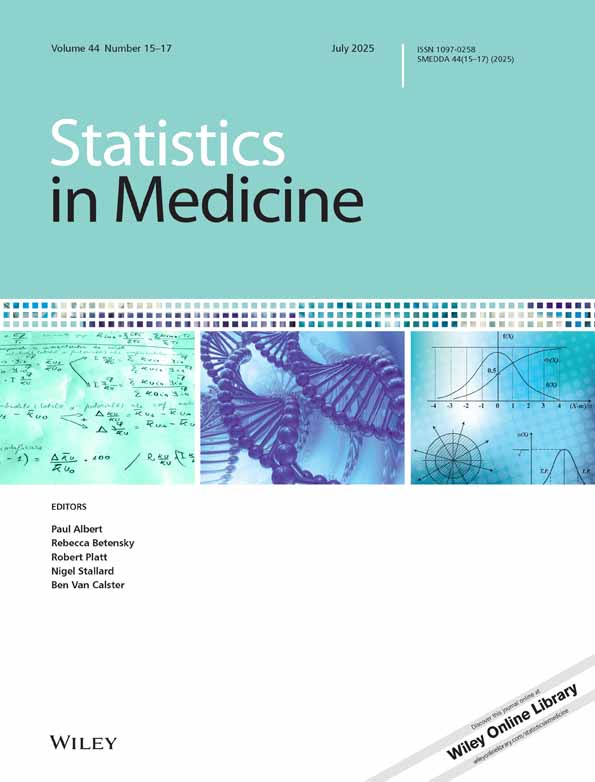Enhancing the value delivered by the statistician throughout drug discovery and development: putting statistical science into regulated pharmaceutical innovation
Abstract
With the dawn of the 21st century, the pharmaceutical industry faces a dramatically different constellation of business and scientific predictors of success than those of just a few years ago. Significant advances in science at the genetic, molecular and cellular levels, combined with progress demonstrated around the globe with drug regulations, have increased business and competitive opportunities. This has occurred in search of better and cheaper medicines that reach patients with unmet medical needs as quickly as possible. Herein lie new opportunities for those who can help business and regulatory leaders make good decisions about drug development and market authorization as quickly and efficiently as possible in the presence of uncertainty. The statistician is uniquely trained and qualified to render such value. We show how the statistician can contribute to the process of drug innovation from the very early stages of drug discovery until patients, payers and regulators are satisfied. Indeed, the very nature of regulated innovation demands that efficient and effective processes are implemented which yield the right information for good decision making. The statistician can take the lead in setting a strategy that directs such processes in the direction of greatest value. This demands skills that enable one to identify important sources of variability and uncertainty and then leverage those skills to make decisions. If such decisions call for more information, then the statistician can render experimental designs which generate the right information needed to make the decision in an efficient, timely manner. To add value to the enterprise, statisticians will have to become more intimately associated with business and regulatory decisions by building on their traditional roles (for example, numerical analyst, tactician) and unique skill sets (for example, analysis, computation, logical thought and work process, precision, accuracy). Business and regulatory savvy, coupled with excellent communication and interpersonal skills, will allow statisticians to help create the knowledge needed to drive success in the future. Copyright © 2001 John Wiley & Sons, Ltd.




